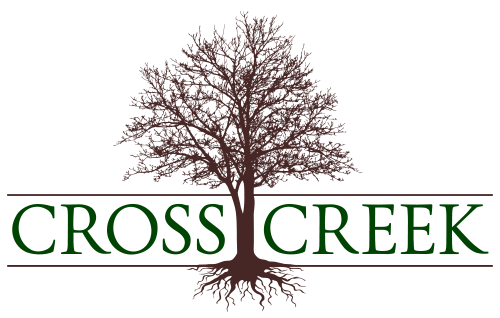After the professionals are gone, how do I keep my landscape going strong? Three essential parts of any landscape project are design, quality installation and care after installation. After the design and installation phases are complete often customers have questions regarding care. The most common question I come across from my landscape customers is…
Now that you are done how do I take care of these plants?
The answer is..
1. Water– please begin your watering program. Your plants are thirsty and need a drink. The best way to water is by soaking the plants with an open ended hose for 1 min per plant for shrubs and perennials and 3 min per plant for trees. Water the roots (near the ground) not the leaves or foliage. If we get good soaking rain eliminate 1 day of your watering schedule.
Watering Guidelines: 85-100 degrees- 3 times a week
70-85 degrees- 2 times a week
55-70 degrees- 1 time per week
2. Prune– plants need pruning to keep a good full shape. Even small plants should be given a haircut (approx 3-4”) taken off all the way around the plant. Grasses and perennials should be cut back to approx 6”-1’ high.
Pruning Schedule:
Dec 1-March– you can prune most plants during this time. Cut back grasses,roses and perennials as well. Cut back crape myrtles at this time. Do not prune: azaleas, camellias, forsythia, rhododendrons, lilacs (these plants bloom on old wood and you will cut off their flowers for spring)
March-September- prune azaleas, camellias, forsythia, rhododendrons, and lilacs immediately after they bloom. You can also prune any plants that need to be shaped, or brought down in size during these months. If you need to complete a large pruning to get plants back into size try to take only ⅓ of the plant out at a time. Let it regrow and the leaves harden off then prune any additional that is necessary.
Oct-Nov.- Do not prune during these months. It may encourage a late growth spurt leaving new growth susceptible to cold damage.
3. Fertilize– To keep your plants full and growing you must feed them. Fertilizer is a vital part of keeping plants healthy.
Fertilizing Schedule:
March-September- Feed plants once every 3 months with Osmocote shrub and tree fertilizer (this is a time released fertilizer that is easy to apply and continually feeds plants each time you water or it rains for up to 4 months). Sprinkle the listed amount of fertilizer around the drip line of the plant once every 3 months during the growing season.
October-Feb- Do not fertilize during this time as it may induce new growth late in the season which is susceptible to winter damage.
4. Weeding- Even though your beds have been cleaned out, planted, and mulched properly weeds will come back in. If you establish a weeding program early in the landscape you will avoid large clean outs down the road. The best way to prevent/treat weeds is through the use of pre emergent and post emergent herbicides.
Weeding Schedule:
Feb-April- Apply Preen pre emergent herbicide. This will help prevent any weed seeds from germinating and popping up during the growing season. Preen is affective for 2-3 months and can be reapplied every 2 months to prevent weeds from returning.
April-October- In addition to Preen spot treat any weeds that come up with Roundup post emergent herbicide. Round Up is more effective than hand pulling weeds as it will ensure the complete root system dies and does not return. Often hand pulling weeds leaves behind roots that will allow the weed to return in a few days. Round Up is safe to apply near newly planted shrubs, trees and perennials as long as you do not spray the plants directly. Do not spray Roundup on windy days where overspray might blow onto surrounding plants. If weeds are close to existing or newly installed plants put a piece of cardboard in between the weed and plant to prevent overspray.
5.Mulching- Mulch not only makes a bed look better, but improves plant quality as well by
- Inhibits weed germination and growth. (Weeds are not only unsightly, but they also steal resources from desirable garden plants!)
- Holds in soil moisture, protecting your plants from drying out quickly
- Moderates soil-temperature fluctuations (This benefit is especially valuable during that turbulent-weather period in spring when you don’t want your plants to be stressed.)
- In cold-winter areas, protects plant roots from winter cold and helps prevent frost-heaving, in which plants are literally pushed out of the ground by the natural expansion and contraction of the soil as it cools off and heats up
- In hot-summer areas, helps keep plant roots cooler
- Depending on what you use, adds a bit of welcome nutrition to your garden as it breaks down
Mulching should be done late winter to early spring to get the most benefit.
Cross Creek Landscaping can provide any or all of the services listed above. Call today so Cross Creek Landscaping can provide you with a personalized program and schedule maintenance dates for your garden.
